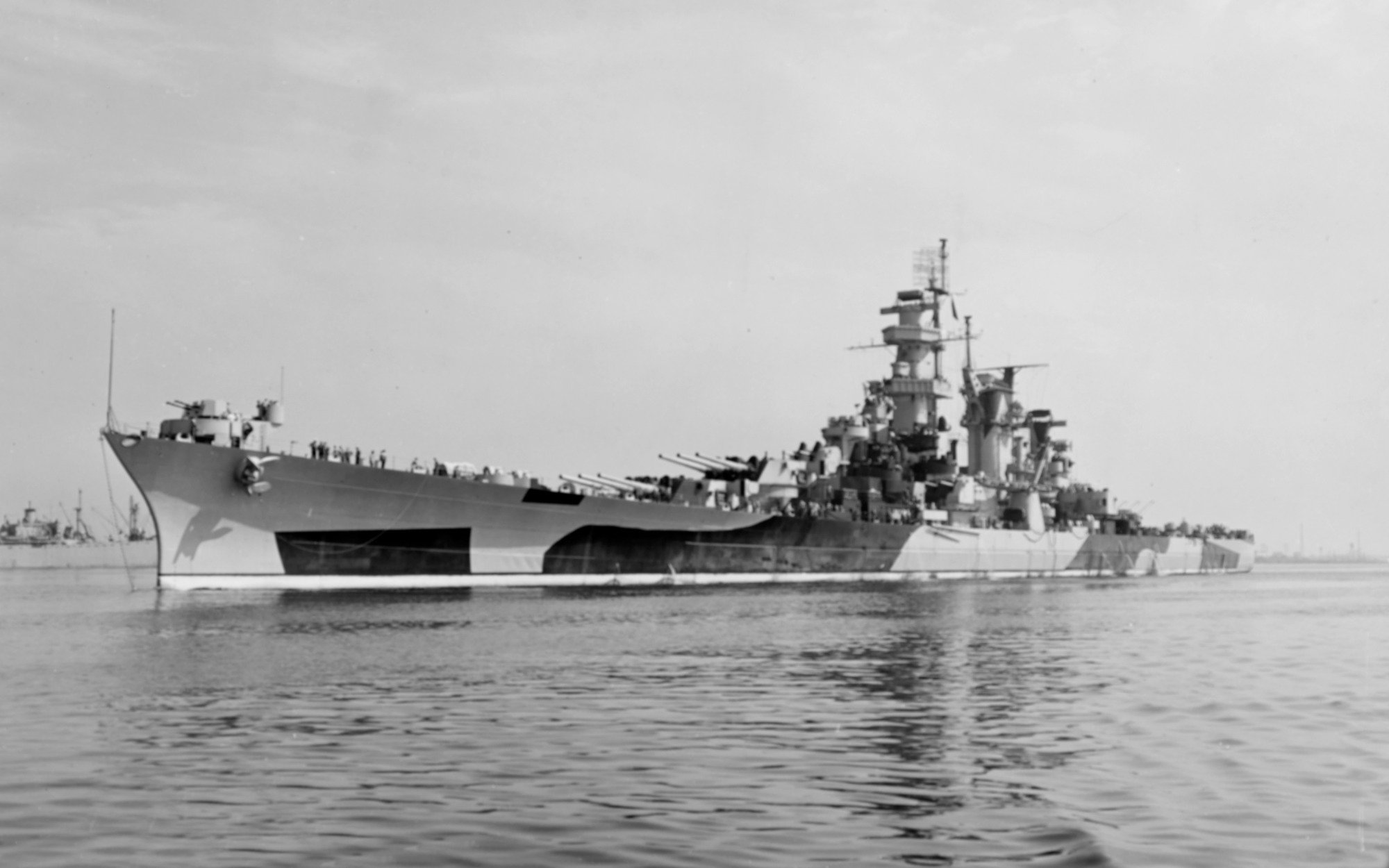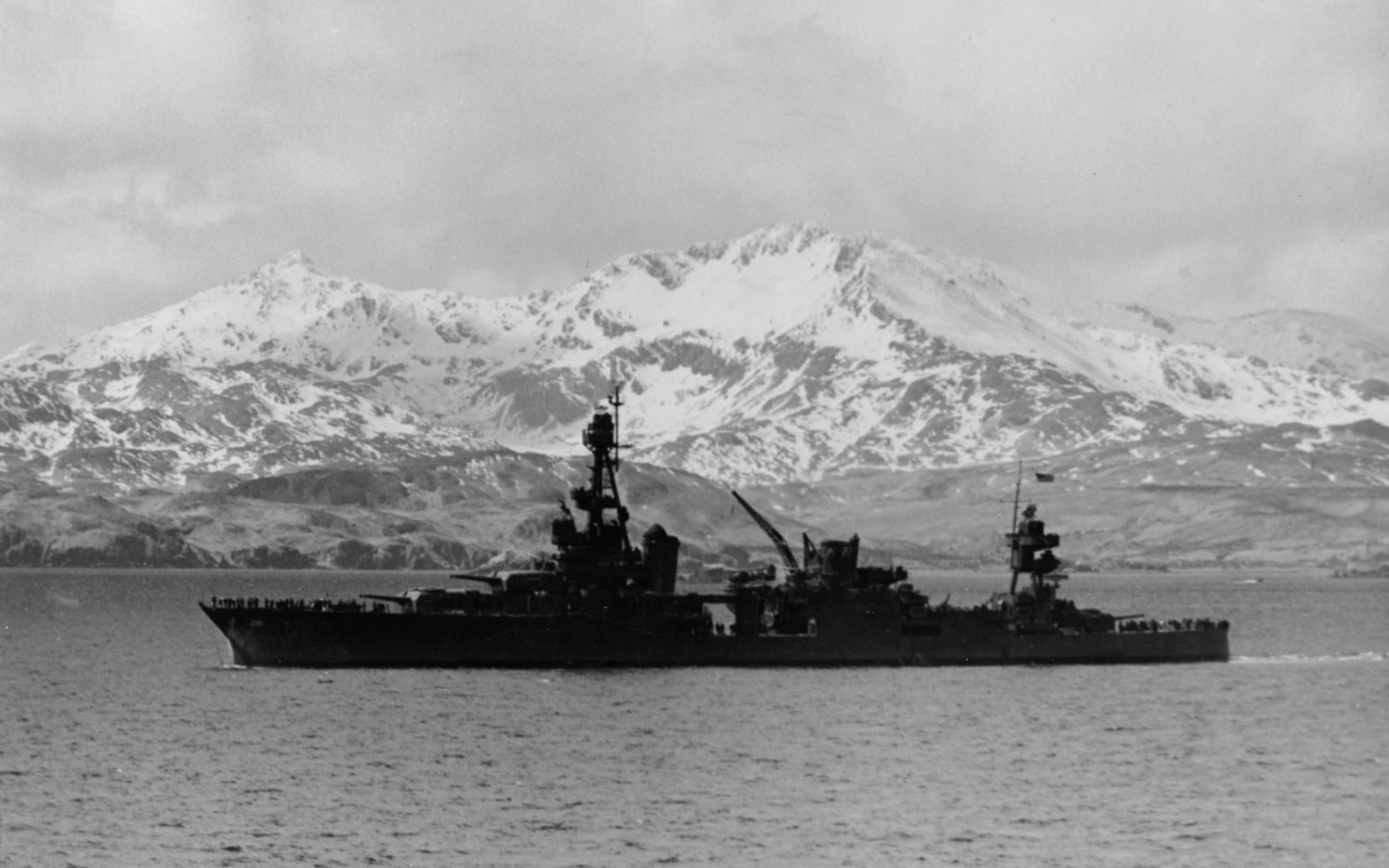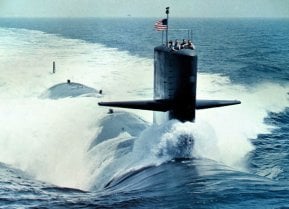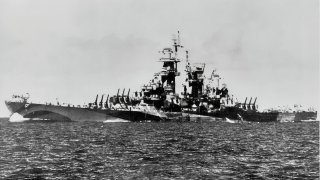Alaska-Class Battlecruisers: Powerful Navy Warships Rendered Useless
The Alaska-class battlecruisers were conceived by the U.S. Navy in the 1930s to counter Germany's fast and powerful "pocket battleships" and Japan's rumored "super cruisers." Designed to be faster than battleships but heavily armed with large-caliber guns, six ships were planned.
What You Need to Know: The Alaska-class battlecruisers were conceived by the U.S. Navy in the 1930s to counter Germany's fast and powerful "pocket battleships" and Japan's rumored "super cruisers." Designed to be faster than battleships but heavily armed with large-caliber guns, six ships were planned.

-President Franklin D. Roosevelt supported the initiative, leading to the approval of these expensive vessels. However, only two—USS Alaska and USS Guam—were completed by late 1944. By the time they entered service, naval warfare had shifted toward aircraft carriers and submarines, rendering them obsolete.
-They saw limited action in World War II, mainly in escort and shore bombardment roles, and never fulfilled their intended purpose.
The Rise and Rapid Fall of the Alaska-Class Battlecruisers
Before World War Two, Germany had its hybrid “pocket battleships,” which were fast and powerful.
The United States wanted something that could challenge this class of ships. Not as big as a battleship but faster with guns that could wreck smaller vessels.
That led the U.S. Navy to think up the idea of the Alaska-class battlecruiser.
But unfortunately, for this class of ships, they were obsolete by the time they came into service.
Keeping up with the Germans and Japanese
The Alaska-class started out in the 1930s. Then it was Japan that entered the fray of competing ships. It was thought at the time that the Japanese were developing their own “super cruiser,” and the U.S. Navy wanted to keep up with modern vessels of war tit for tat.
FDR Was Fine With the Plan
President Roosevelt, always a navy supporter, was game for the new American battlecruiser. These ships were going to set the standard for speed and power. But the problem was that they were not going to be able to stand up and dominate a regular battleship.
Get New Ships in the Water
They were also going to be expensive – each costing $74 million in 1941 dollars, but the navy needed to fight a two-front war, and finally, Congress agreed to pass a law that would enable the number of ships to grow by 70-percent. There was going to be an astonishing 257-new ships. Six Alaska-class battlecruisers were approved.
Pearl Harbor Primed the Pump for New Ships
The Pearl Harbor attack got the ball rolling at American shipyards. But this new fever was for building aircraft carriers instead of big, capital battleships and cruisers. What was the navy going to do with a battlecruiser when carriers succeeded in bombing Japanese shipping with airplanes and American submarines feasting on Tokyo’s best naval vessels and merchant ships?
Battlecruiser Has Its Charms
The battle cruiser was still something the brass was interested in. As the World War Two National Museum wrote regarding the Alaska-class, the battlecruiser may have had a role. The speed and guns were appealing.
“The modern 12” guns carried by the Alaska’s were also an improvement over the 14-inch guns carried by the older battleships in the U.S. fleet. Moving at a top speed of 33 knots, these ships were designed to be cruiser-killers, and would be able to get in and get out of trouble as quickly as possible and throw a hell of a punch,” the museum wrote in a profile.
The War Was Almost Over Before They Got to the Fight
The navy completed the first two ships of the class in late 1944 – the Alaska and the Guam. The Hawaii never made it to service. It wasn't until 1945 before the Alaska and the Guam recieved a mission. This was for escort and shore bombardment duty. They never filled the role they were envisioned for.

One thing the Alaska-class did well was to assist other ships during Japanese kamikaze attacks. They had great air defense and could escort wounded ships to safety.
Why the Alaska-Class Failed
The navy should have learned from this experience with the Alaska-class. It takes substantial time to build a warship and naval combat changed rapidly over the course of World War II and even the years leading up to the conflict. Carrier-borne aviation and submarines quickly dominated naval concerns, and the battlecruiser was a solution in search of a problem. Too bad, because the Alaska-class vessels were good-looking and fast, that in another war, perhaps one fought in the 1930s, could have dominated the seas.
About the Author
Brent M. Eastwood, PhD, is the author of Humans, Machines, and Data: Future Trends in Warfare. He is an Emerging Threats expert and former U.S. Army Infantry officer. You can follow him on Twitter @BMEastwood.
Image Credit: Creative Commons.


